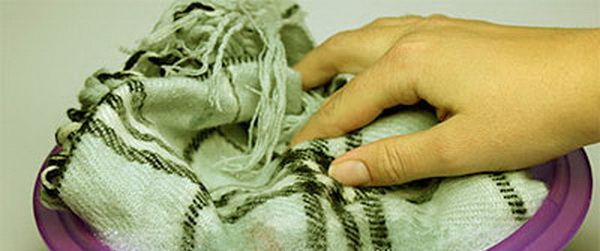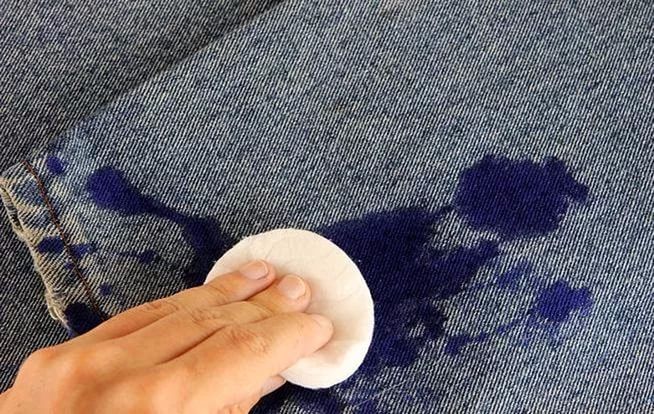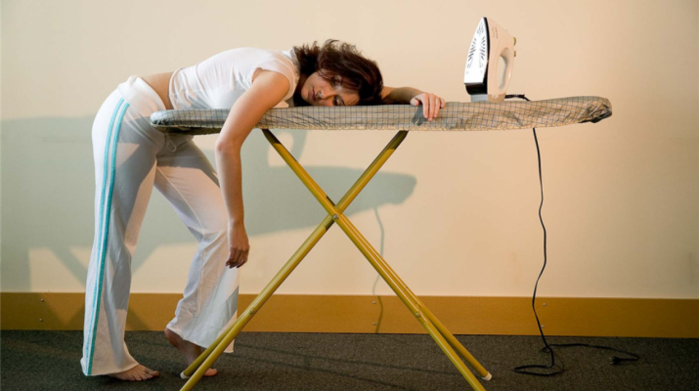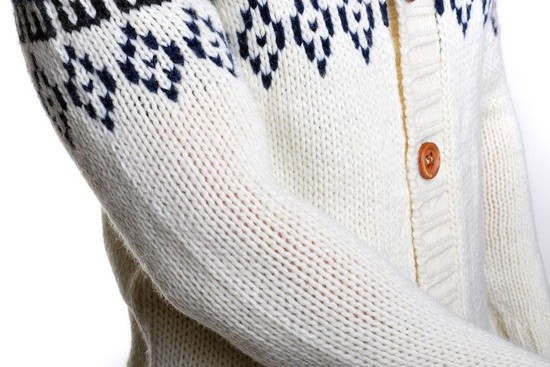Usually clothes are provided with special information labels, which indicate how to take care of things: how and at what temperature to wash, iron to dry, etc. However, on some products you can see a sign “washing is prohibited” or “dry cleaning only”. What to do with things in this case? Do not throw them away after the first exit. And there is not enough money for dry cleaning, if you constantly use their services. In fact, there are a number of ways to wash clothes that should not be washed.
Is it possible to wash them?
Freshen things up, get rid of sweat, perfume, food odors, remove stains, etc., can only be done with water and detergent. However, there are items that have a sign on them that says they should not be washed. What does it mean?
In fact, there are very few fabrics and materials that are completely water intolerant. What kinds of things can’t be washed at all? For the most part, they are artificial and natural leather, suede, and fur. If a thing consists entirely or partially of these materials, you should not wash it. Also do not wash things with trimmings or with any non-removable decorations: beaded embroidery, lace, pendants, etc.
In other cases the garment is unlikely to lose its appearance from the slightest wetting. Rather, this mark indicates that the material is very delicate and requires the gentlest methods of cleaning, and dry cleaning is the gentlest. That is, the manufacturer believes that it is dry cleaning to prolong the life of the product. With such a label the manufacturer protects himself from possible claims to the quality of the thing (for example, if it sits or fades after washing in warm water). In this case, for the most part, you should pay attention to the composition of the fabric. It is this point will help to understand whether things can be washed if washing is prohibited. Materials such as silk, cotton and wool and most synthetics easily tolerate getting wet. Another question is how exactly they should be washed so as not to damage them.
Hand Washing
For most things, a careful hand wash or a simple rinse will be quite applicable and sufficient. They will freshen things up and wash away minor dirt, but if done correctly and carefully, will not affect the quality of the garment or ruin its appearance. For example, you can wash a dress or blouse this way if washing is prohibited.
Warning. Suede, leather, fur and feather products cannot be washed by hand!
Cotton, wool, silk and synthetics will tolerate washing quite easily if washed as delicately as possible:
- Cold water is poured into a basin. Items labeled “dry clean only” can only be washed in cold water. They can shrink in hot or even warm water. Also, high temperatures can damage the fibers, which is adversely affect the quality of the material (it can become hard, rough, brittle, etc.). Also such clothes easily lose color from hot water.
- Put a soapy solution on it. You can add shavings of laundry soap or dilute a special powder for delicate or woolen fabrics. The best choice is a gel product.
- The detergent is diluted in water and whipped into a foam.
- Dip the thing into the water, sink well that the product is completely wet, after 1-3 minutes (this time is enough for the fabric to be completely soaked in the solution) move on to the wash.
- The garment is taken out of the water several times and lowered back into the basin. Such repeated immersions allow the garment to rinse well.
- The dirtiest areas are gently rubbed by hand or fingertips. Use brushes or other abrasive objects, substances, it is impossible, as they can damage the thing: make puffs or even tear the delicate material.
- After light washing, the thing is immersed a few more times in water and proceed to rinse.
- The garment is also rinsed in cold water. The garment is also immersed several times in clean water until the powder or soap is washed away. If necessary, change the water 1 to 3 times.
- The most difficult and time-consuming operation is wringing. Most delicate items are deformed and stretched at this stage. Delicate items should not be twisted or squeezed too hard – they lose their shape and crumple. Spin them out with a towel. The washed clothes are spread out on a terry towel. Then they are rolled up and gently squeezed to transfer the water from the thing to the towel. Then the laundry is moved to a dry area and the procedure is repeated. This is done until no more water drips from the garment. Even in a towel, you can’t twist the clothes!
- If dried improperly, items can also become deformed. The best way to dry clothes is to spread them out on a horizontal surface. If the garment is stiffer and not prone to warping (stretching), you can hang it on a hanger.

Washing in a washing machine
What to do if washing is prohibited, and the volume of things is quite large? Or are they oversized items that are problematic to hand-wash? Some items of durable and unstretchable fabric can be machine washed, such as sweatshirts, t-shirts, pants made of cotton, linen, etc. Many down jackets can be machine washed. Do not experiment with wool, corduroy, or cashmere pants. It is also forbidden to send leather, suede, fur and their substitutes into the drum.
Before washing, you should select the delicate mode and set the minimum temperature for washing (or turn off water heating altogether), if there is such a function. Water for washing should be cold, otherwise the items will quickly lose their shape, shrink, etc. In the container for the powder is better to pour a liquid detergent: it acts softer and easier to rinse. Spinning is carried out at minimum speed. If possible, it is better to do without machine spinning at all, and use the manual method.
After washing, the laundry should be immediately removed from the drum, not allowing it to stay in the machine for a long time. Machine drying is contraindicated for items marked “dry clean only”. Things should dry naturally. They should also be laid out horizontally or hung on hangers.

Home Dry Cleaning
If an item cannot be washed, it can be cleaned at home without resorting to dry cleaning. This procedure will come out much cheaper, and the results will give no worse results than a professional treatment.
You can buy a special home drycleaning kit at a hardware store. It includes scent sheets, stain remover and a cleaning bag. You can use this kit to clean almost any garment. However, when buying, you need to pay attention to the fact that different substances are used for leather and for textiles. You can read the information about the purpose of the kit on the label. Such a kit is a great option on how to clean things that can not be washed. However, it will only be effective for light soiling.
First, individual stains are removed. For this purpose, a stain remover is used. Apply it strictly according to the instructions. To make sure that it will not harm the laundry, use it on a small and inconspicuous area.
After removing the stains, it is necessary to freshen the whole thing. To do this, it is placed in a dry cleaning bag, and scent sheets are sent there as well. The necessary amount will also be specified in the instructions. A small amount of moisture will evaporate from the sheet, and a pleasant fragrance will permeate the thing. Thanks to this, the clothes will be slightly freshened.
Then the bag with the scented sheet and the laundry is placed in the dryer and the minimum temperature is set. The mode is chosen delicate. After the cycle is complete, remove the bag from the dryer.
The laundry is taken out of the bag and the scent sheets are removed. Then the clothes are hung up on a hanger to straighten them out.

When to go to the dry cleaner
What to do with things that can’t be washed when they’re seriously dirty? In this case, the best option is to take them to the dry cleaner. Here, using special equipment and professional means will be able to remove almost any contamination.
For dry cleaning you can leave things with large stains or a large area of contamination. You can also entrust the removal of stains of unknown origin to professionals. They will also clean things that should not be washed at all.






